Loro Piana (LVMH) — When Luxury Overlooks the Human Cost. Story by Eleonora de Gray, Editor-in-Chief of RUNWAY MAGAZINE. Photo Courtesy: GettyImages.
There are names so deeply rooted in excellence, so steeped in care and tradition, that the very idea of failure feels foreign. Loro Piana is one of them. And so is LVMH — not as a monolith of luxury, but as a constellation of visionaries, craftsmen, and leaders who built something rare and lasting.
This is not a story of wrongdoing. It is a story of oversight, of trust placed too high in a system not fully seen. A system where the second and third layers — the ones hidden behind glossy audits and polite assurances — can quietly betray the very values the house stands for.
Bernard Arnault, a man who understands the value of legacy more than most, has spent decades preserving and elevating the finest crafts, the finest people, the finest intentions. He is not a man who overlooks abuse — he is a man who, like so many others, was likely handed a surface that looked clean.
But what lies underneath — underneath every “Made in Italy” label, underneath every subcontract — is now exposed. And not by choice.
What follows is not a trial. It is a lesson. A painful one, perhaps, but necessary. Because even the best, even the most committed to beauty and heritage, must look deeper.
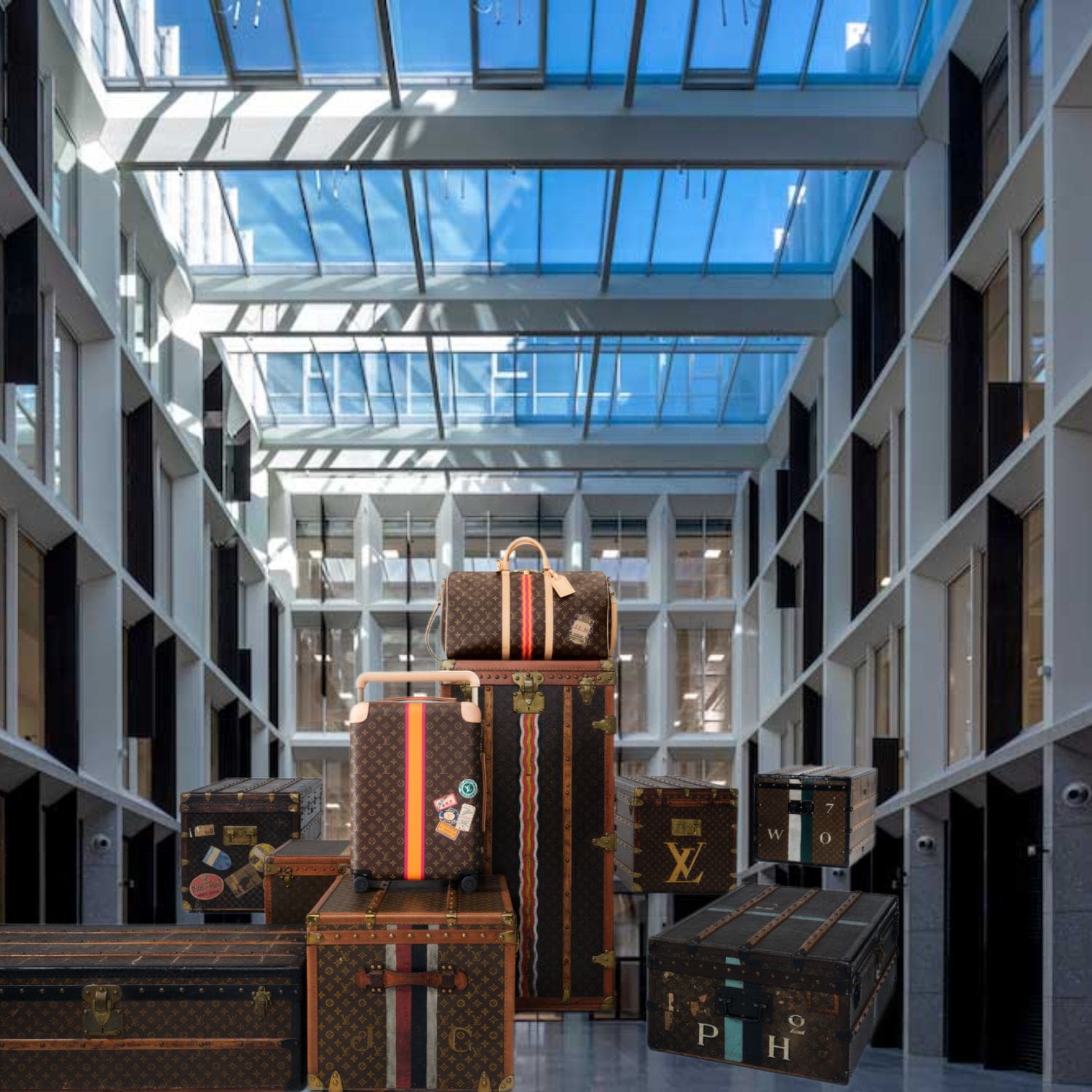
Judicial Oversight for Loro Piana – A Necessary Intervention
On 14 July 2025, the Tribunal of Milan placed Loro Piana — one of Italy’s most revered luxury fashion houses and part of the LVMH Group — under judicial administration for a period of one year. The measure, preventive rather than punitive, came as a result of a labor exploitation investigation led by public prosecutor Paolo Storari.
The court did not accuse Loro Piana of directly engaging in exploitative labor practices. Instead, it ruled that the company had “colposamente agevolato” — negligently facilitated — a chain of abuse by failing to monitor its extended supply network. In other words, the brand’s internal controls stopped at the surface, while unchecked layers beneath revealed conditions incompatible with both legal standards and the values Loro Piana represents.
A Chain Too Long – and Too Quiet
At the heart of the court’s concern was a multi-tiered subcontracting structure used to produce garments for the house. The initial contract was granted to a company called Evergreen Fashion Group, which on paper appeared legitimate but had minimal production capacity of its own.
Evergreen outsourced the orders to Sor-Man snc, a second-level intermediary based in Nova Milanese. Sor-Man, in turn, passed the work to clandestine Chinese-run workshops operating within the Milan metropolitan area.
At least four levels of subcontracting separated Loro Piana from the workshops where the garments were actually produced. That depth, and the opacity it created, allowed illegal labor practices to go undetected — and in practice, uninterrupted.
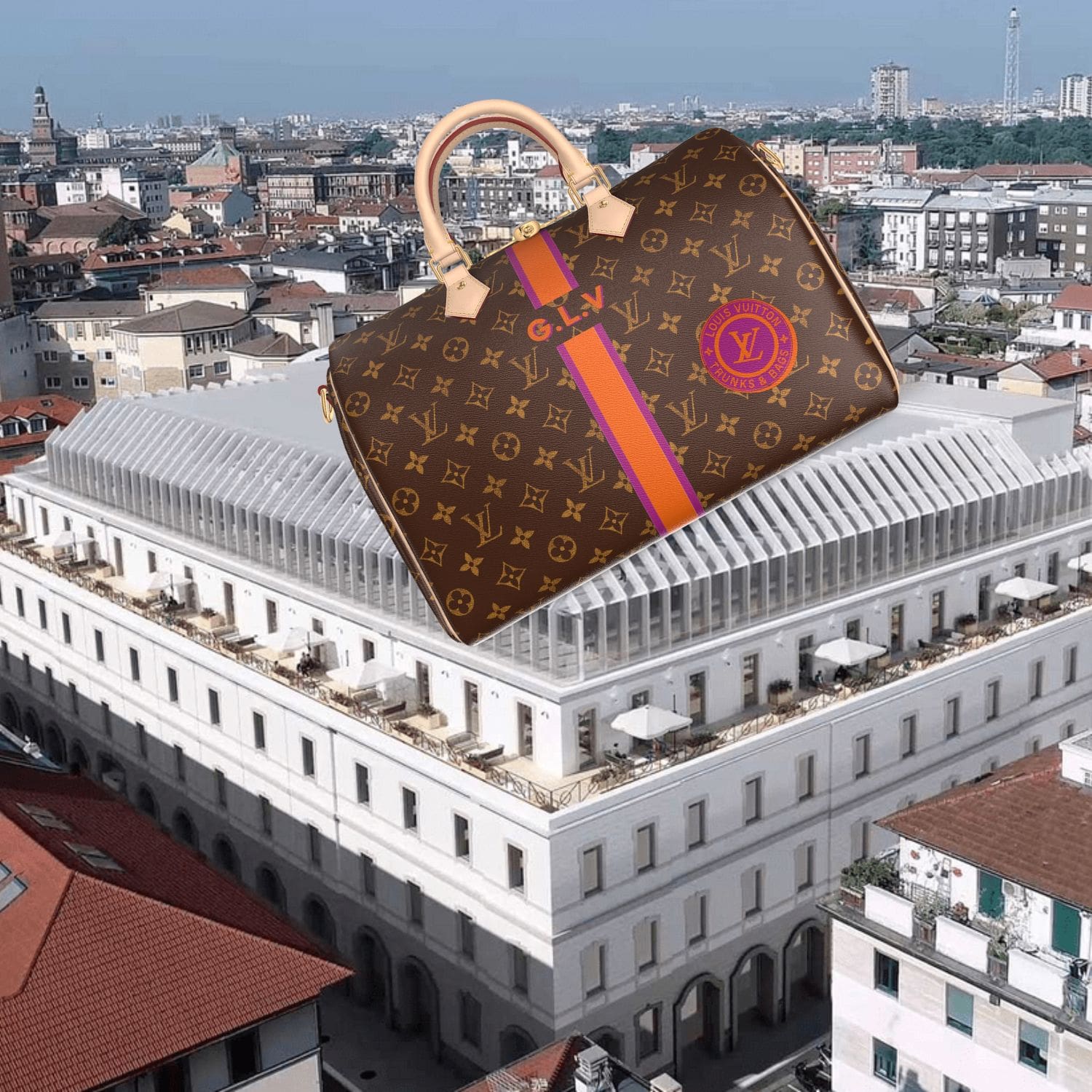
Sweatshops in the Shadows
What authorities uncovered at the base of this chain was alarming. The final-tier workshops were unregistered, unsanitary, and unregulated. Informally managed by Chinese nationals, they employed predominantly undocumented Chinese migrant workers, many of whom lived on-site in improvised dormitories — small rooms crammed between sewing machines and piles of fabric.
According to reports from ANSA and Corriere della Sera, workers were subjected to exhaustive shifts, often stretching beyond 90 hours per week, including weekends and night work. Safety protocols were routinely ignored — in some cases, machine safety mechanisms were deliberately deactivated to increase production speed.
Compensation was both inconsistent and humiliatingly low — sometimes €4 per finished piece, regardless of time spent. The working conditions were described by prosecutors as “borderline inhuman”, with no protections, no contracts, and no health or labor standards.
A Cry for Help
The investigation was set in motion in May 2025, following a complaint filed by a Chinese-born worker identified only as H.X. He approached authorities after allegedly being violently assaulted with metal rods and fists by his employer — a workshop owner — for requesting overdue wages.
This single, desperate act of resistance triggered a cascade of inspections by Italy’s Carabinieri del Nucleo Ispettorato del Lavoro, the Labor Protection Unit.
Their findings were unambiguous:
- 21 workers were found across two illicit facilities.
- 10 were entirely unregistered (“lavoratori in nero”).
- 7 had no legal residency in Italy.
- Dormitories were illegal.
- Fire exits were blocked.
- Power supply cables were exposed and overloaded.
- Machine safety switches had been physically removed.
The workshops functioned as de facto labor prisons — locked, surveilled, and designed for silence.
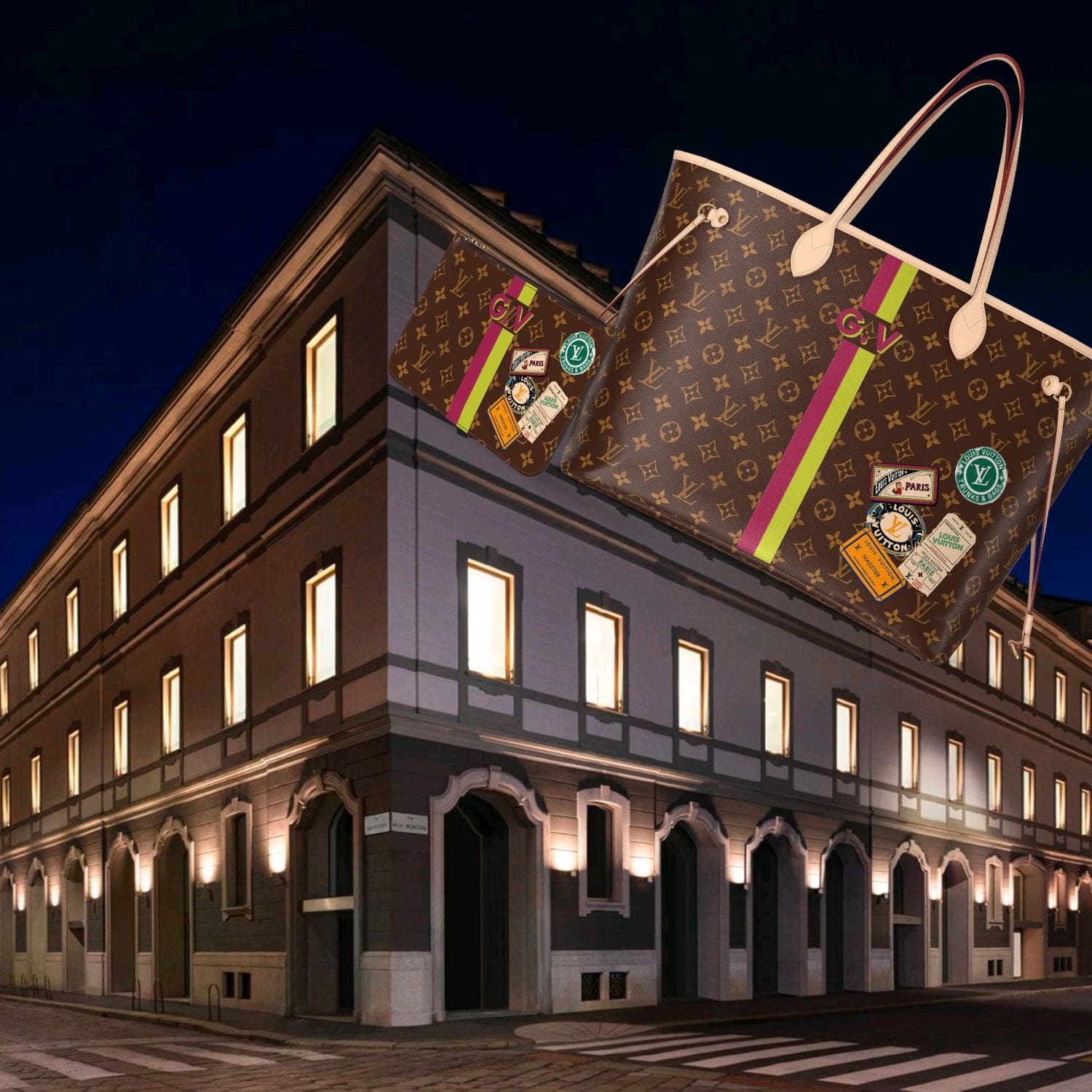
Legal Response
The judicial system responded swiftly.
- Two Chinese workshop owners were formally charged with labor exploitation.
- One was arrested in flagrante delicto during the Carabinieri raids.
- Two Italian managers from the intermediary firms were cited for violations of workplace safety law.
- Two workshops were shut down entirely.
- Authorities imposed €181,000 in fines and €59,750 in administrative penalties.
The message was clear: ignorance of illegal subcontracting will not shield a brand from responsibility — especially not when that brand represents the pinnacle of Italian craftsmanship.
The Court’s Reasoning: “Negligent Facilitation” — A Structural Failing
While Loro Piana is not facing criminal charges, the Tribunal of Milan found the company responsible in the civil-preventive sense for “colposamente agevolato” — negligently facilitating a system of worker exploitation.
The judgment does not accuse the brand of intentional abuse. Instead, it identifies a critical weakness: Loro Piana failed to supervise its extended production chain, thus creating space for unlawful practices to thrive.
In its ruling, the court emphasized that Loro Piana did not directly mistreat workers. But its passive role — marked by blind trust in first-layer contractors and a lack of meaningful audits — ultimately “fed the mechanism” that allowed exploitation to occur further down the line. The judges described this outsourcing model as structurally embedded in Loro Piana’s operations — a system designed more for cost efficiency than ethical assurance.
Oversight That Didn’t Go Far Enough
The court’s 26-page decree detailed a chain of omissions, rather than direct complicity. Loro Piana, the court found, failed to verify the actual capacity and legitimacy of its contractors. No proper checks were carried out to confirm whether these suppliers had the infrastructure, workforce, or ethical practices needed to fulfill the orders.
Had the company conducted real due diligence, it would have seen that Evergreen Fashion Group — the direct contractor — had only 7 employees and almost no garment-making equipment. Despite this, Evergreen received large production orders and passed them down to third-party workshops without scrutiny.
Loro Piana’s internal compliance framework was deemed “grossly insufficient” — in both scope and enforcement. The court found that the company had not implemented an “adequate organizational structure” capable of identifying and preventing exploitation within its supplier network.
A Disparity in Cost and Conscience
A particularly telling element in the court’s reasoning involved the financial breakdown of Loro Piana’s supply chain. According to official documentation:
- Loro Piana paid €118 per cashmere jacket to its contractor.
- That contractor passed on only €80 per jacket to the underground workshops.
- The final retail price of those same jackets in Loro Piana boutiques ranged between €1,000 and €3,000.
This stark contrast exposed a distorted value chain, where the workers who produced the garments received a tiny fraction of the final product’s value, while the brand captured the overwhelming majority. The court did not argue that Loro Piana orchestrated this imbalance — but it held the company responsible for allowing it to persist without review or correction.
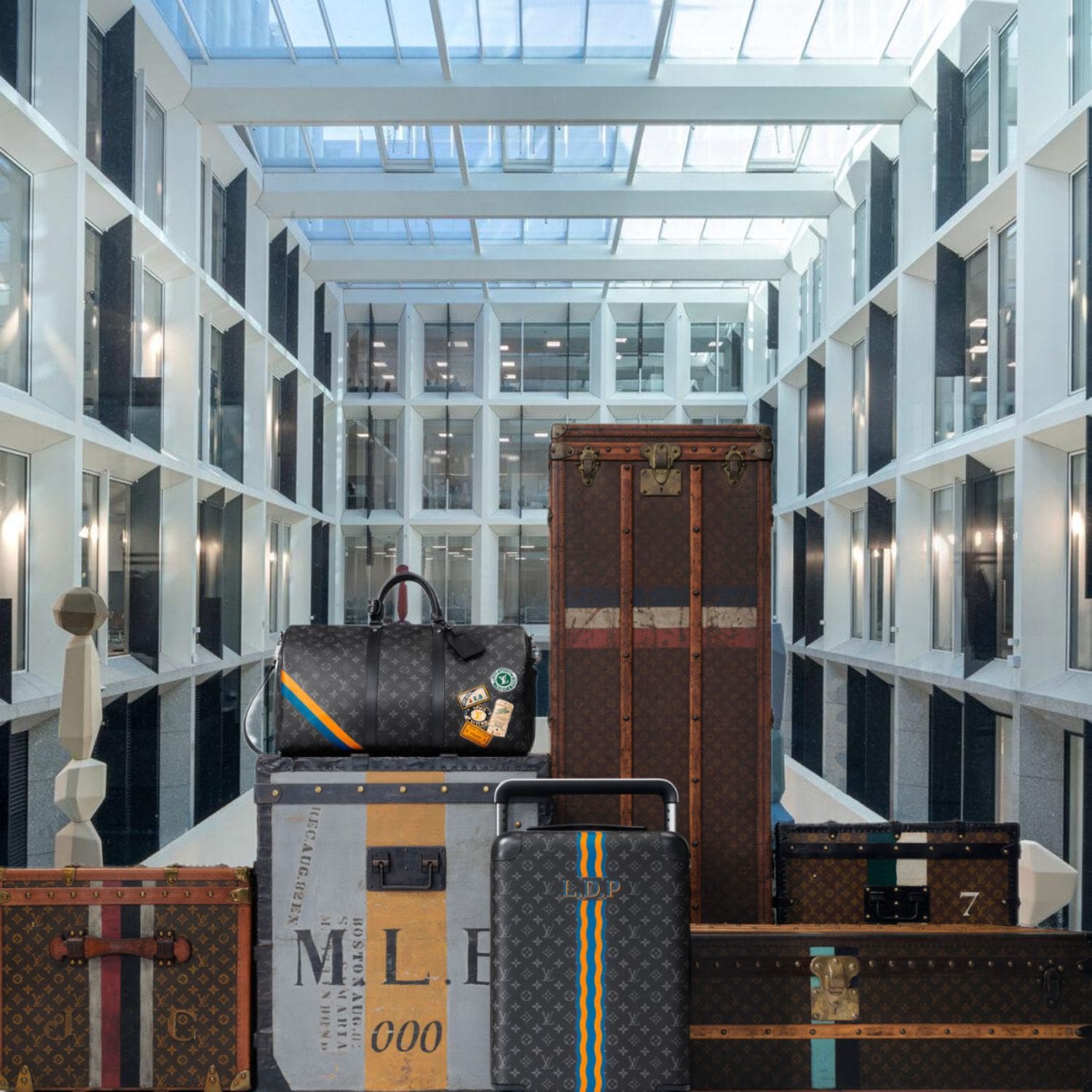
Ignorance Is Not a Defense
Crucially, the judges did not accuse Loro Piana of willful misconduct. There was no evidence that the brand knew the precise conditions in the clandestine workshops.
However, the court rejected the idea that ignorance absolves responsibility. In this case, not knowing was not an accident — it was a consequence of not wanting to know.
The tribunal described Loro Piana’s compliance approach as “more formal than substantive” — in other words, a system that looked correct on paper but failed to function in reality. Policies existed, but they were not enforced. Audits were too superficial to detect real abuse. And no action was taken to investigate beyond the first layer of suppliers.
This “culpable omission,” the court ruled, made the company liable for what occurred within its unchecked network. It is not enough, the judges argued, for a luxury house to trust — it must also verify.
A Wider Pattern in Italian Fashio – Not an Isolated Incident
The case against Loro Piana is part of a broader crackdown by Italian prosecutors, notably Deputy Prosecutor Paolo Storari and Chief Prosecutor Marcello Viola, aimed at dismantling labor exploitation rings hiding within the supply chains of high-end brands.
In the last two years, at least four other fashion houses have been placed under judicial administration following similar discoveries:
- Armani Operations
- Manufactures Dior
- Alviero Martini
- Valentino Bags Lab
Each case revealed the same systemic flaw: legitimate brands subcontracting to Italian firms that subcontracted further, until work landed in hidden workshops with no labor protections and no compliance oversight.
A “No-Man’s Land” in the Supply Chain
Prosecutors have described this unchecked layer as a “zona franca” — a no-man’s land within the Italian luxury manufacturing system. It’s a layer beneath the audits, beneath the contracts, beneath the narrative, where companies rarely look and rarely interfere.
And yet, it is here — in the shadow factories and quiet sweatshops — that the hands behind luxury garments labor without recognition, safety, or lawful pay.
The Loro Piana case illustrates just how easily even the most prestigious brand can become entangled in systems it never intended to endorse — simply by assuming the surface is enough.
Redefining Responsibility in Fashion
Italian prosecutors are making one point repeatedly clear: top-tier fashion houses are not exempt from accountability, even when subcontractors are legally distinct entities.
The duty of vigilance does not end with the first supplier. If there’s one principle driving the recent legal actions, it is this: the responsibility follows the brand.
In formal terms, prosecutors describe this as a “well-defined profile of responsibility” that luxury companies must assume — especially those operating under the prestige of Made in Italy. This legal posture reflects a deeper cultural shift: consumers, courts, and governments are no longer willing to accept ignorance as an excuse when exploitation is buried just beneath the label.
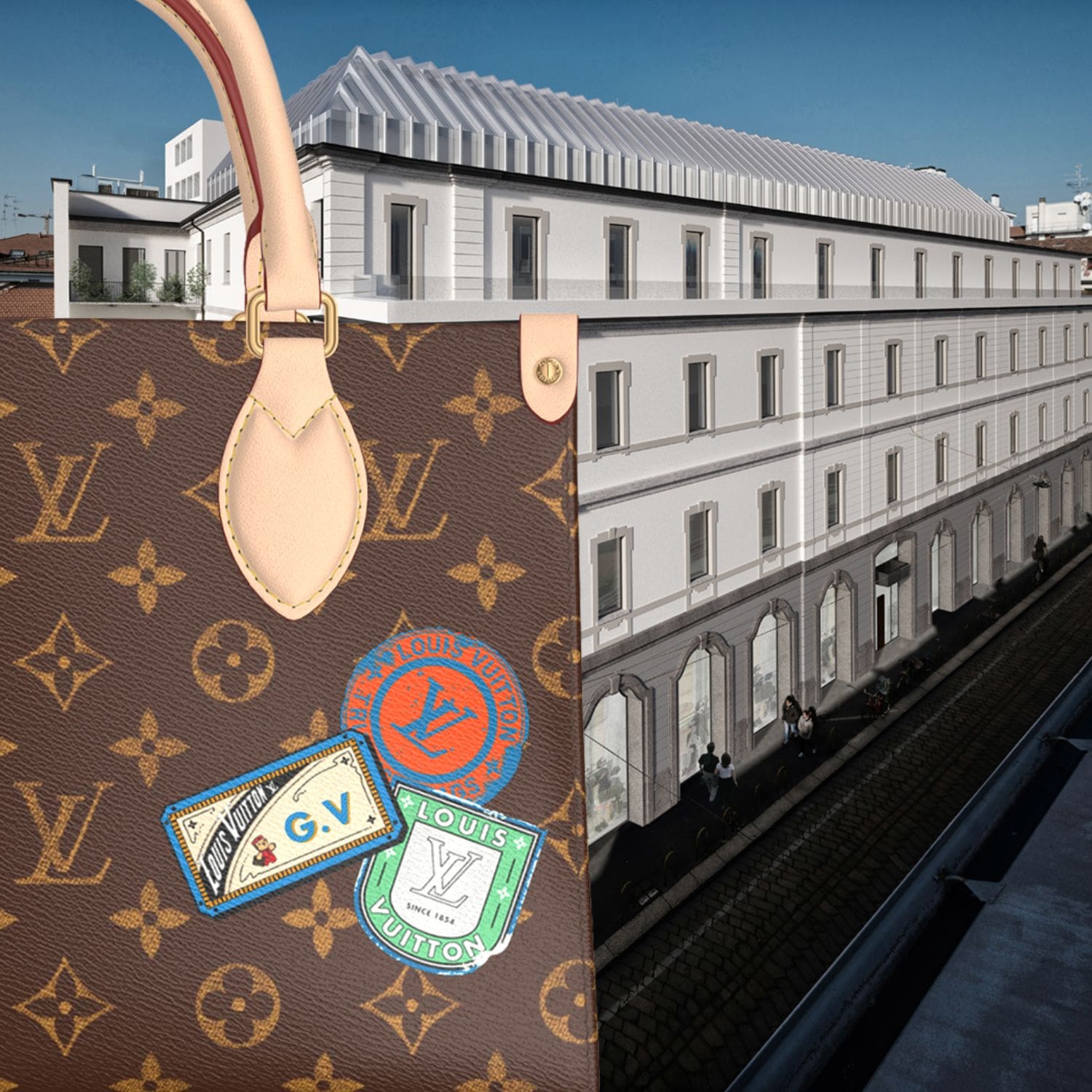
A Divided Reaction
The enforcement of judicial administration as a remedy has sparked debate within Italy’s industrial and political circles.
Some business commentators worry about the economic impact: if the pressure becomes too great, luxury brands may relocate production abroad — beyond the jurisdiction of Italian prosecutors — further eroding the artisanal manufacturing base the country is known for.
Others, including labor rights advocates, view the court’s approach as long overdue. For them, these interventions are not overreach — they are course corrections. They argue that profit cannot come before dignity, no matter how storied the maison or refined the product.
The legal system, for its part, appears to agree.
Conclusion When Silence Becomes Complicity
Loro Piana was not built on shortcuts. Nor was LVMH. These houses stand for refinement, preservation, and the quiet power of legacy. And yet, this moment reminds us all that luxury must look beyond the stitch, beyond the supplier, beyond the first reassuring contract.
The deeper layers matter — not just to regulators, but to those of us who still believe in craftsmanship as a moral act.
Since 2013, Loro Piana has been a full subsidiary of LVMH, absorbed into the group’s Fashion Division alongside other maisons of distinction. And while operational control rests firmly within the group, this incident shows that even the most structured empires must constantly revisit how deeply their systems truly see.
I do not believe that Bernard Arnault condoned this. But what this moment asks — of LVMH, of all of us — is not whether we knew. It asks whether we looked hard enough.
Compliance is not reputation. Audit reports are not conscience. And beauty — true beauty — cannot be built on harm and abusive human labor.
Loro Piana now has the opportunity to lead where others may hide: not by resisting oversight, but by setting a new standard for how deeply a luxury house must see.
Sources: Italian news media — ANSA, Il Fatto Quotidiano, Rai News, Sky TG24, Adnkronos, Fortune Italia.
